
For many of us in the northern hemisphere, March is the month of hope.
It brings up the eternal expectation that spring is finally around the corner. Which may not always be the case, but then, again, hope gives us energy to just keep going. It also puts our gardening plans into perspective.
And there is so much to do in March!
As the days slowly warm and the snow even more slowly melts, the landscape becomes alive once again.
Bees are starting to buzz about, collecting their much needed nourishment after a long winter’s rest. Birds continue to feed from our millet and tallow birdseed ornaments.
As the spring rains start, we are assured that the soil is oversaturated with water, so planting outdoors will have to wait.
Yet, the weather is so diverse, that not everything on the following list of gardening jobs to do in March will fit into your climate. That is perfectly okay. Start where you are, with the tools you have, with the seeds you have saved or recently purchased. One of the most beautiful things about having a garden, is that it will look like no other garden.
Your garden is as unique as you, so let’s get growing!
Or preparing to grow. Depending on your climate zone, of course.
Important gardening jobs to do in March
1. Make sure you have purchased all the seeds you need for a successful growing season
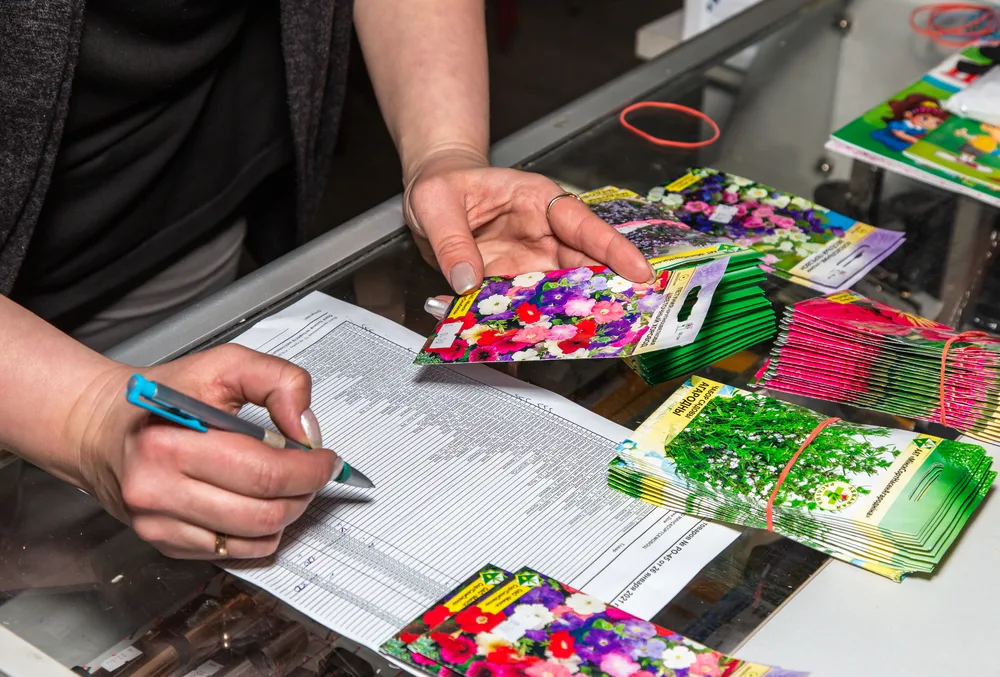
Do you have all the garden seeds you need? Or is there still room for more?
Lately, I find myself looking at vegetable seeds in just about every store. Not that we need more, but just in case I forgot to pick up something, or if there is something that I haven’t yet thought of to grow.
The seed packages are always so colorful – a promise of growth and abundant harvests to come. At some point though, enough is enough. After all, seeds lose their viability in a relatively short amount of time.
March is a wonderful time to organize your seeds by planting dates, if you haven’t done so already.
I’d also encourage you to start a garden journal and list what seeds you have. Perhaps even where they will be planted as you design your garden on paper.
You can also use this time to read about plant spacing and companion planting, to keep enriching your knowledge of growing a fruitful garden.
2. Start planting seeds indoors
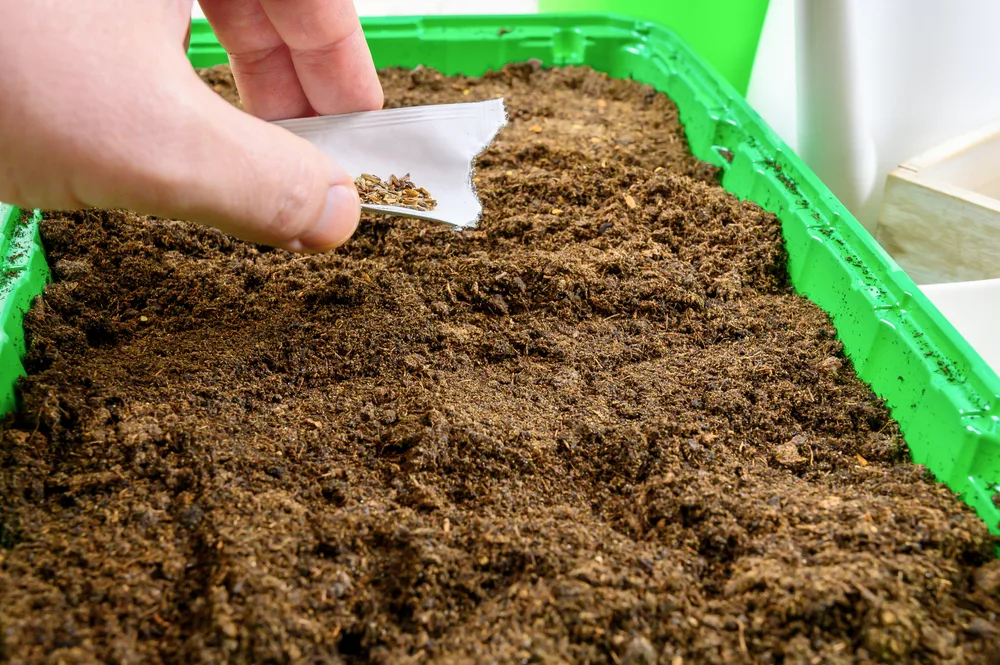
Now, that planting time is closing in, your fingers may be starting to get itchy to sow some seeds. And while there are some seeds you should sow outdoors before the last frost date, many of us gardeners will still be holding onto that excitement for quite some weeks.
In the meantime, there is still work to be done indoors. Did you know that there are 15 seeds to be sown in late winter? Peppers, eggplants, tomatoes, onions and leeks can all be sprouted now, provided that you have enough warmth, sun and fresh water to take care of them.
It is important to remember that gardening is a patience game. If it feels too early, too cold or too wet to plant, then wait until conditions are right for you. There is never a competition for arriving at the earliest harvest. Slower grown foods are always more flavorful. Keep that in mind when your instinct is to race forward.
More importantly, keep that last expected frost date for your area in consideration. It is weather above all which makes or breaks our gardening plans.
3. Fertilize your garden beds
Working with the soil when it is wet, can be a tricky, if not sticky, situation. If your soil is simply too moist to work with, or frozen, it is always best to wait it out before attempting to do anything. Minimizing the damage to the soil structure is always a good thing to consider.
As such, you should refrain from compacting wet soil by not walking on it. If you must access your garden, add some planks where garden paths will be.
Once soil temperatures have warmed up enough for you to get in and get your hands dirty, March is a great time to add compost or well-rotted manure. That is, if you missed the chance to add manure or compost as you prepared your garden beds for winter.
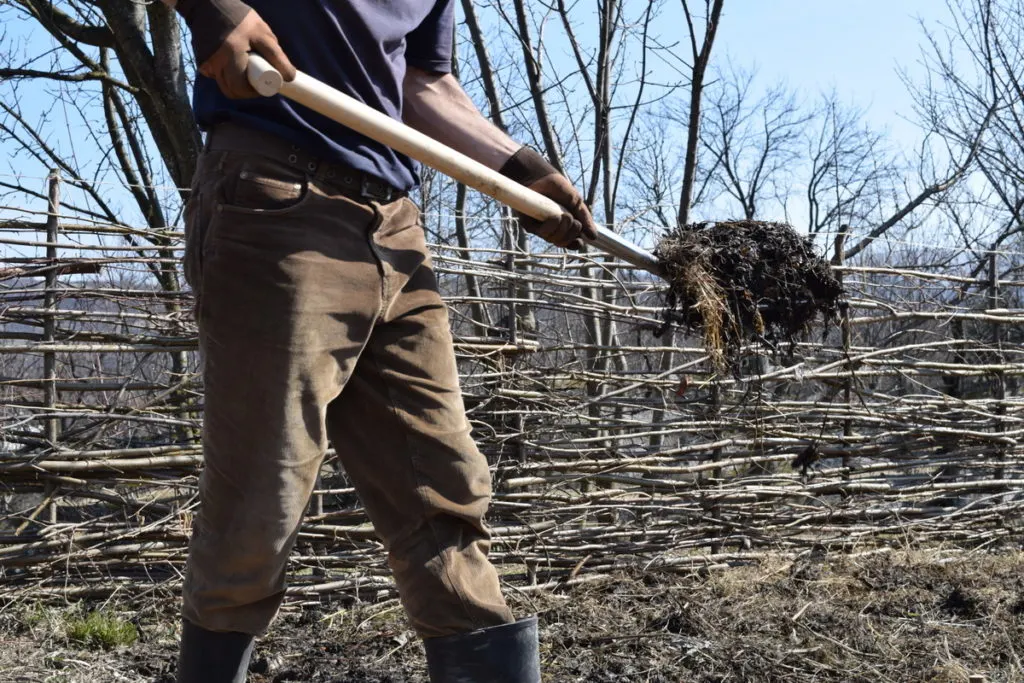
In March, you can also add an all-purpose fertilizer to your garden to prepare for the growing season ahead.
Now is also the time to add worm castings, composted chicken manure, or other amendments such as blood, bone or fish meal to the soil.
Before tossing random ingredients into, or onto, your garden, it is wise to have a soil test done first. This way you can give your garden soil more exactly what it needs – not just what you think it might like.
Knowing what to amend your soil with not only saves you money, it may also prevent you from adding more of something than what it needs. Let’s say you add too much nitrogen to the soil. Your plants may be lush and green (exterior beauty), but their ability to flower and fruit will be greatly reduced (limited productivity).
It is always useful to prevent problems, not create them. Which is often easier said than done.
4. Have a soil test done
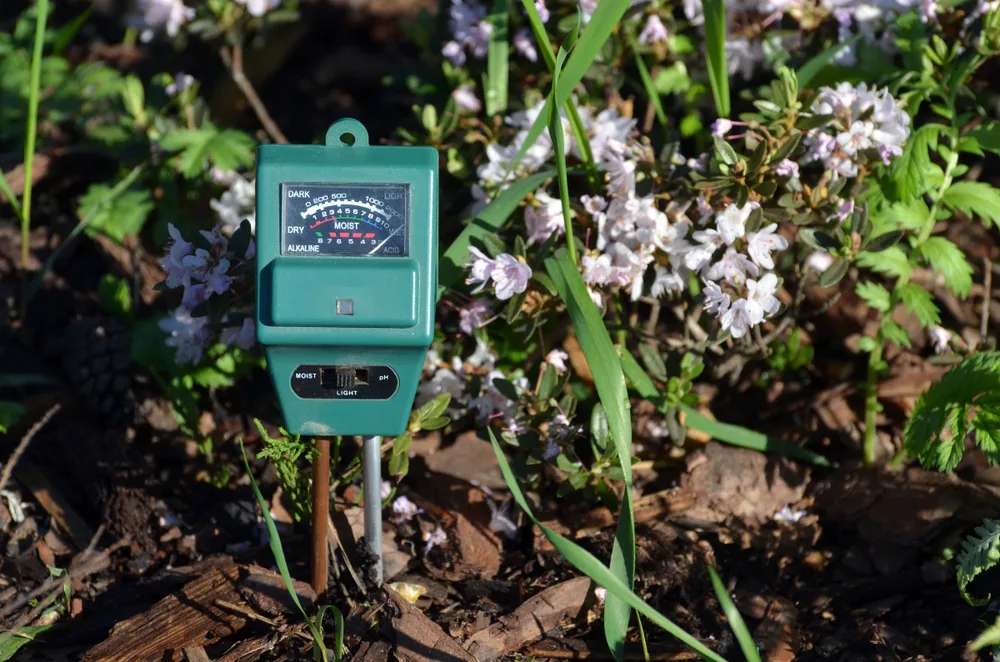
If your garden has been performing well for you in the past and you have found a natural rhythm of enriching the soil with green manure, compost and mulch, then you may not need a soil test.
It is often recommended to have a soil test if you are using a patch of soil for the first time, then every 1 to 3 years. Naturally, you can test every 5 years if your crops are growing with few problems.
Yet, if you are unsure of what lies below your feet, a quick soil analysis will provide you with some figures you need to know.
It is your choice to use a do-it-yourself soil testing kit, or send a soil sample into a lab for further and more detailed nutrient information.
5. Chop down or dig in green manure
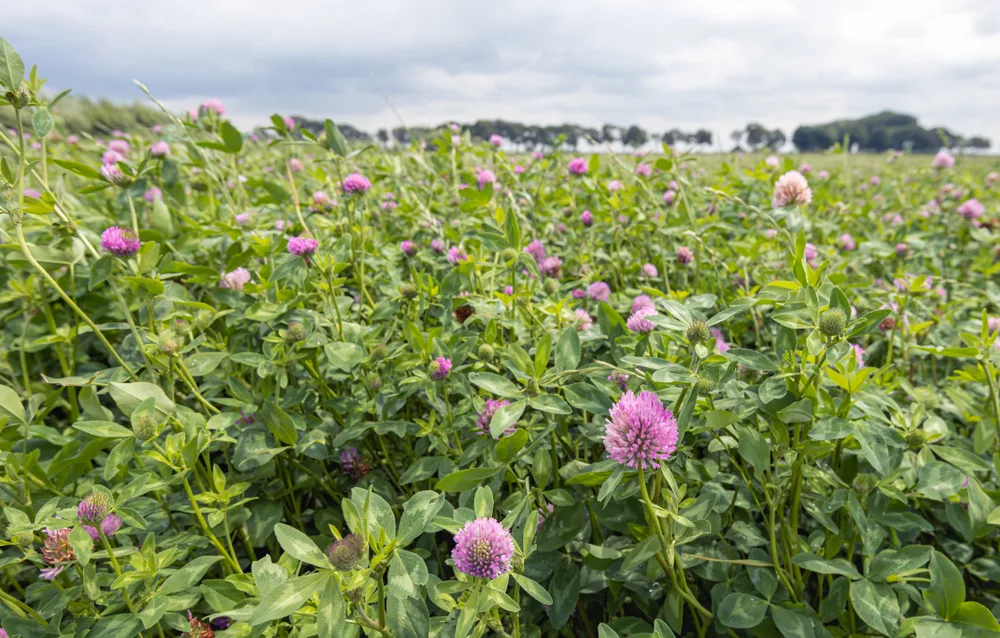
If you were diligent about improving your soil late last fall as you chose to cover the ground with a green manure, now is the time to put that nutrient-dense mass to its highest use.
Green manures such as field beans, vetches, red clover and mustard, are particularly beneficial in protecting against nutrient loss in the soil. They also prevent soil compaction and minimize erosion. At the same time they fix nitrogen and reduce weeds.
There are two ways to get them in the ground. The more conventional way entails cutting the greens and digging them into the soil.
The less conventional approach is to chop up the fresh greens and leave them to rot on the surface of the soil. This is a very common way to do things in a no-dig garden, which leaves the soil intact as beneficial organisms do the work of incorporating the nutrients into the ground below.
6. Weed and mulch asparagus beds
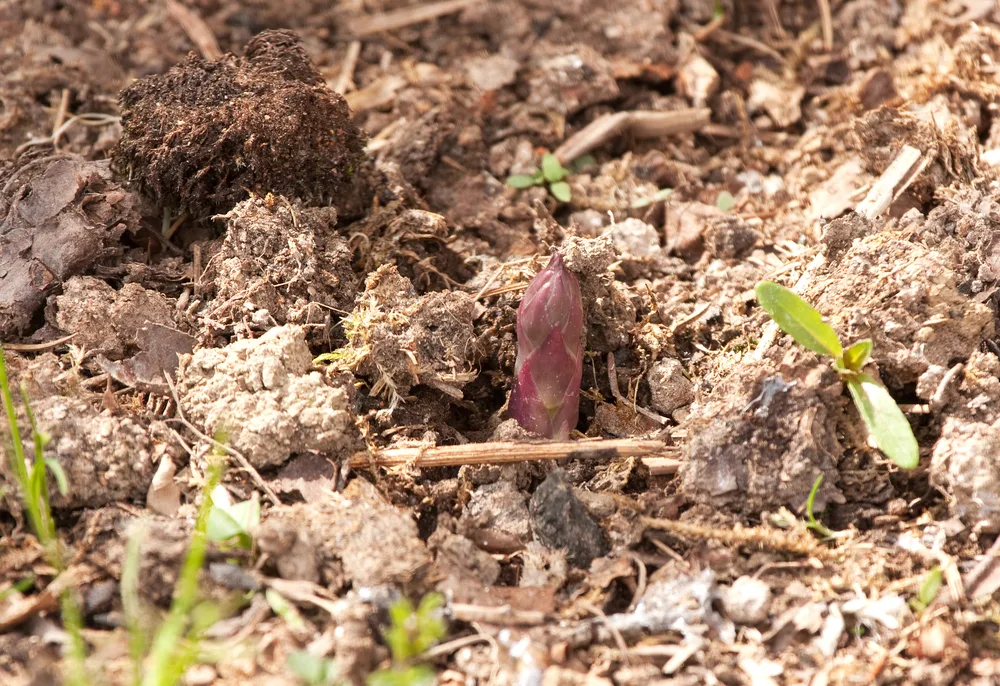
Asparagus is one of the earliest crops to rise from the ground in spring. This amazing event happens when soil temperatures reach an average of 50°F (10°C).
No matter what month this happens in your garden, you had better be ready for it!
About two weeks before they emerge, pull back the winter mulch and gently remove the tiny weeds by hand.
If your goal is to have white asparagus, as soon as the asparagus tips emerge from the surface of the soil, cover them with a thick layer (6-8″) of mulch. The stalks are ready to harvest when the tips reach the top of the mulch.
Related Reading: How To Plant An Asparagus Bed
7. Plant bare-root roses and shrubs
Everyone talks about planting when trees are still dormant. Listen to them. That is the way it works best.
In March, you can still be getting your raspberry canes in the ground, so long as the soil is not frozen or waterlogged.
It is also a good time to plant roses, dogwoods, birches, hawthorns, cherries, lindens, plums and oak trees.
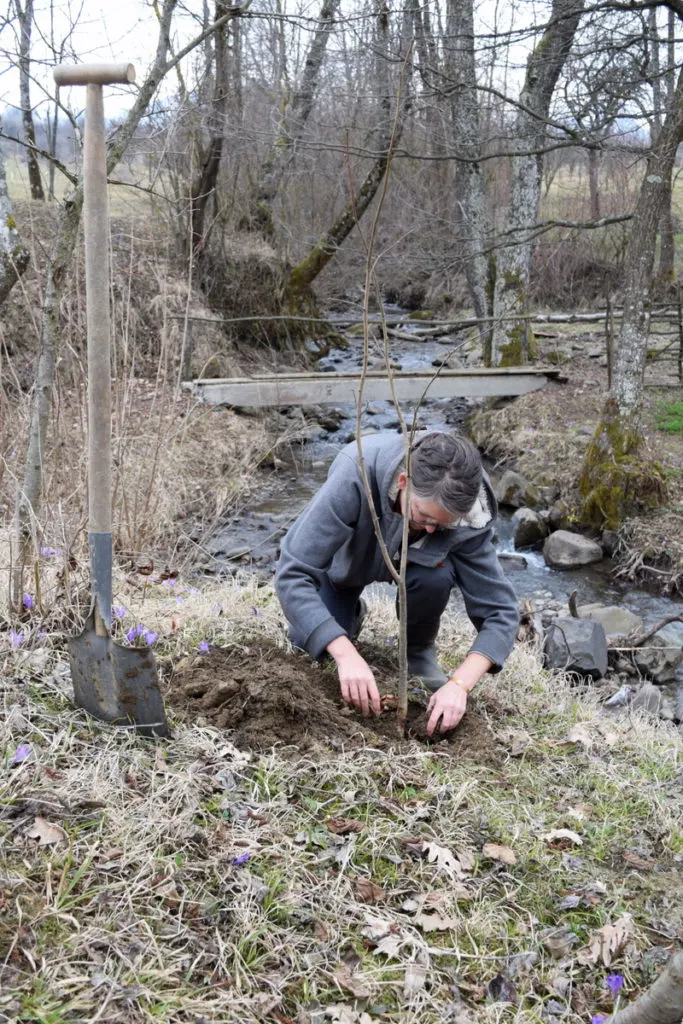
Even if you can’t quite get into the vegetable garden yet, chances are that you can plant a tree as you work on beautifying your landscape.
Maybe you even have room to plant some trees for the birds?!
8. Prune roses and fruit trees
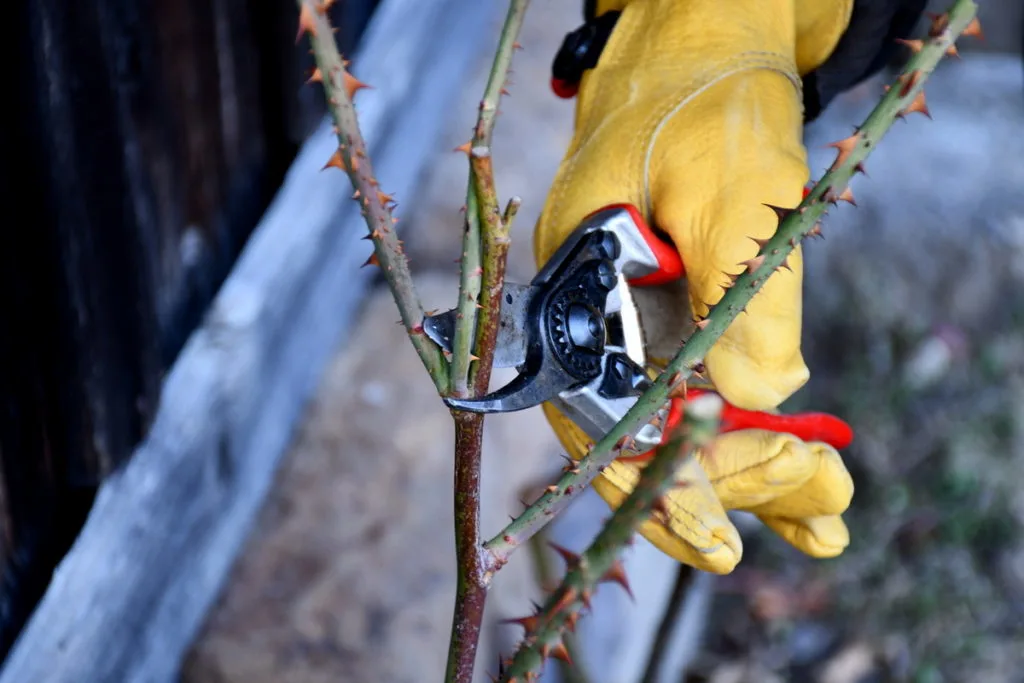
Have you given your apple and pear trees a winter trim yet? Time is soon running out! As soon as the buds awaken, it is best to only go in and prune back dead wood, or wait until another chance next year.
Roses, on the other hand, are more forgiving. Like grapes, they can be cut back harder and still come back with a vengeance.
Later winter, which may still include early March (depending on your location), is the best time to prune your roses for healthier plants and more blossoms.
Just be sure to wear leather gloves and cut with a sharp pair of pruners.
9. Plant a bed of comfrey
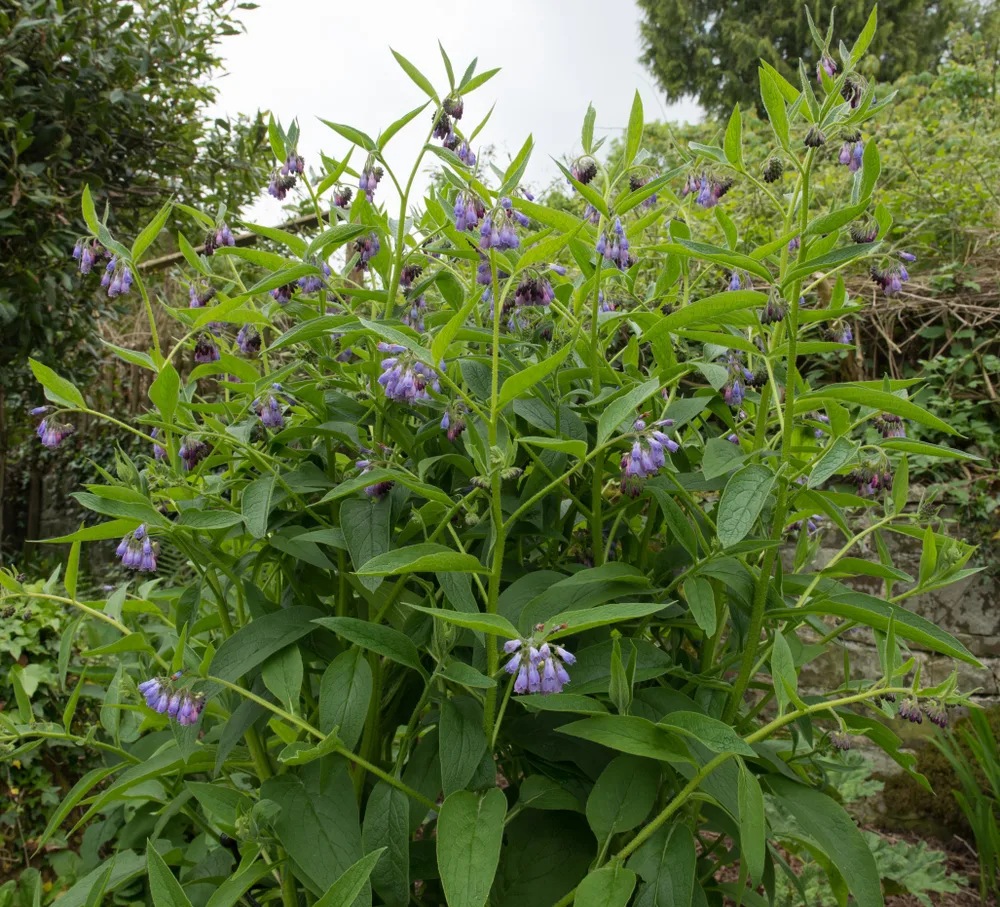
You still don’t have a patch of comfrey (Symphytum officinale) growing in your garden?
Well, here is why you should be growing comfrey and now is the time to plant it.
Find a shady spot of your garden to get it started as soon as the soil thaws, so that later in summer you can use it as a fertilizer and organic mulch for your orchard trees and garden plants. You can also use it to activate your compost, which makes it a very valuable garden crop.
Which brings us back again to compost – one of the most essential things you can add to your garden.
10: Make your own compost bin
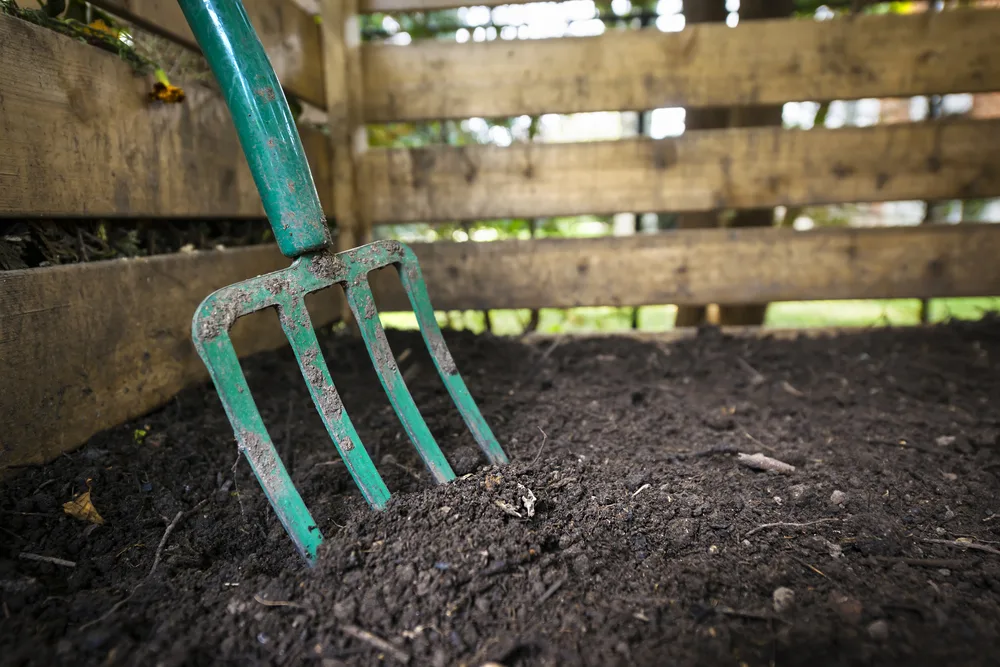
If the weather is still cold, yet you really want to see your garden progress, there is nothing more rewarding than having your own compost bin.
Here are 12 DIY compost bin and tumbler ideas that anyone can make and/or assemble.
10. Watch out for emerging bulbs
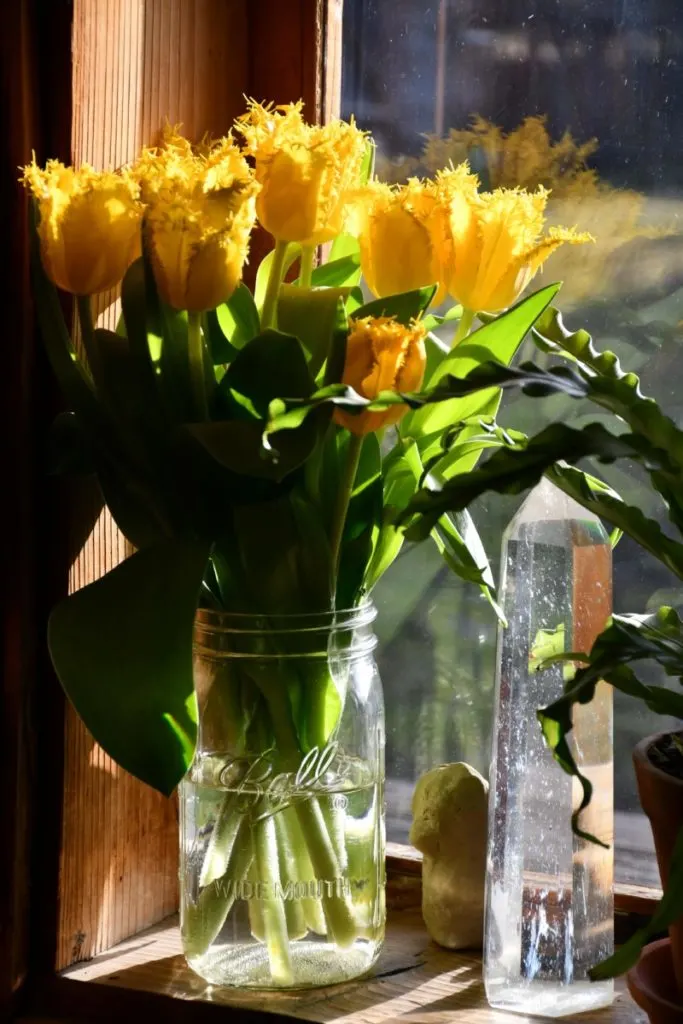
Every once in a while it feels incredible to receive a bunch to brighten up your day, even if the world outside your window is full of mud and muck. It is all part of spring.
And soon the bulbs will be pushing up outside too. Spring is always a guarantee of a burst of color. Keep an eye out for your favorite bulbs to emerge and refrain from stepping on them at this time. You might even need to lightly weed, or loosen the soil too, so they can awaken all bright-eyed and bushy-tailed.
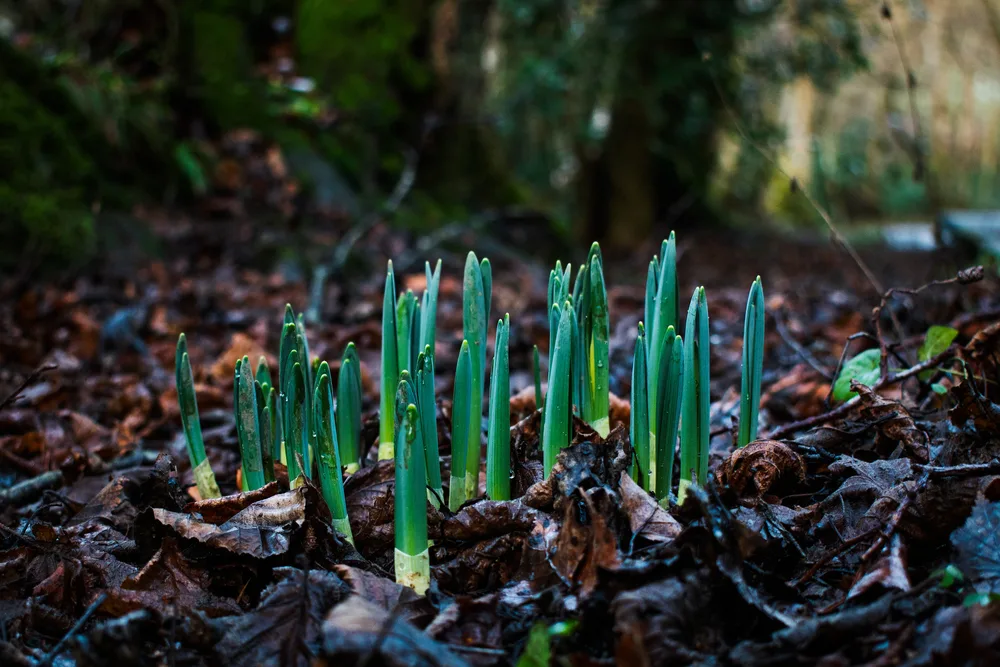
As the weeks in March pass in the blink of an eye, there will be an ever increasing amount of work to be done in the garden.
Just take it one step at a time and all of your gardening chores will get done as the weather allows.
Be patient. Don’t get mad at the rain. Refrain from being frustrated with the weeds – the ground simply demands to be covered. Most of all, be kind to yourself as you get things done at your own speed.
Till April, keep planning and preparing, then planting as soil conditions allow. Early lettuce, peas and beet greens are among the first vegetables to plant in early spring, do you have all the seeds you need?

Get the famous Rural Sprout newsletter delivered to your inbox.
Including Sunday ramblings from our editor, Tracey, as well as “What’s Up Wednesday” our roundup of what’s in season and new article updates and alerts.

